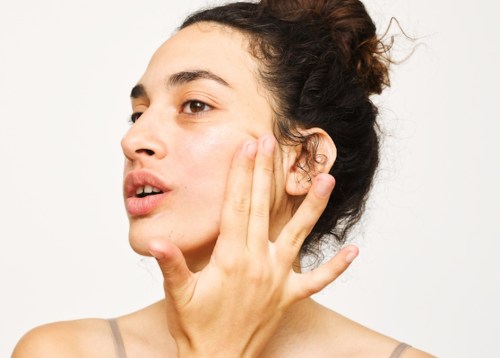Our editors independently select these products. Making a purchase through our links may earn Well+Good a commission
If you want to spark a debate about skin care, all you have to do is bring up cleansing oils. Some believe they’re the holy grail of hydrating cleansers that effectively work to whisk away makeup on all skin types, while others stand firmly behind the idea that you should never, ever use them (especially on oily and acne-prone skin). There is, however, one thing upon which all dermatologists agree: If you are going to use a cleansing oil, there are a few important mistakes to avoid.
Experts in This Article
Boston-based dermatopathologist and founder of GFaceMD
board-certified dermatologist based in New York City
board-certified dermatologist at Schweiger Dermatology Group in New York
Before we get into the “what not to do” of it all, it’s first important to understand how cleansing oils work—and why they very well may deserve a spot in your routine. Ahead, we spoke to Lian A. Mack, MD, a board-certified dermatologist based in New York City, Gretchen Frieling, DO, a triple board-certified dermatopathologist based in Boston, and Rachel Nazarian, MD, a board-certified dermatologist in New York City for everything you need to know about using cleaning oil.
What is a cleansing oil?
“Cleansing oils are an oil-in-water emulsion, meaning that small droplets of oil are immersed in water where they are insoluble,” says Dr. Mack. These oils dissolve any oil-based dirt and grime on your skin (more on how that works below), help remove excess sebum (AKA your natural skin oils), and clean out clogged pores. Moreover, they help lock in moisture and may help dry, tired skin look more hydrated and dewy.
The science behind cleansing oils
As you may remember from high school chemistry, “like dissolves like.” This principle applies to oil cleansers, which contain oils that bind to the oils and impurities on your skin and whisk them away.
Though oil and water typically don’t mix (another factoid you likely remember from the 10th grade), that’s not true in the case of oil cleansers. These formulas are designed to “emulsify” when they come into contact with water, meaning that the two compounds are forced to stick together and transform into a milky liquid that transports all the dirt and grime off your face.
The oil cleansing method
There are two different ways to add an oil-based cleanser to your routine, and the best option for you depends on your skin type and how much makeup you wear.
1. Using an oil cleanser on its own
If you’ve got dry or sensitive skin, a single step with a cleansing oil may be all you need to effectively cleanse your face.
“Cleansing oils balance the skin’s natural oils, which keeps your complexion nourished and moisturized, as opposed to foam-cleansers, which can strip the skin of its natural moisture and leave it dry,” says Dr. Frieling. “Cleansing oils can actually help protect your natural lipid layer as well as safeguard the good bacteria that resides on the epidermis.” Unlike traditional makeup movers and cleansers formulated with surfactants, cleansing oils are super gentle and will keep your skin clean without drying it out.
2. Using an oil cleanser as the first step of a double cleanse
If you’ve got oily skin or wear a lot of makeup, you’ll want to use an oil cleanser as the first step in a double cleansing routine. “Cleansing oils are great as the first step in your cleansing routine, especially for people who wear makeup,” Dr. Nazarian says.
Start with your cleansing oil, which will remove your makeup, then follow it up with a water-based or active cleanser to give your pores an extra-deep clean and prep your complexion for the rest of your routine.
Common cleansing oil mistakes
While both Dr. Nazarian and Dr. Mack recommend cleansing oils and believe they can be used universally by all skin types, they see many people making the same six mistakes that prevent the product from working to its full potential.
1. Applying it to wet skin
While most lathering face washes need to be mixed with water in order to operate, the opposite holds true for cleansing oils.
“The biggest mistake I see people making is mixing cleansing oil with water before it’s been rubbed into the skin,” says Dr. Nazarian. “Your goal is to allow the oil to blend with the natural oils, dirt, and makeup on your face, and since water and oil repel each other, introducing water will only interfere with the process and prevent the product from effectively cleaning the dirt and oils off your skin.” Instead, be sure to massage your cleansing oil in circular motions on a completely dry complexion, then add H2O into the mix.
2. Using cold water
When it comes to effectively removing cleansing oil, the temperature of the water you use plays an important role. “The colder the water, the more likely the oil will firm towards solid state, and render it ineffective,” says Dr. Nazarian. “Warmer temperatures ensure the oil stays in a liquid state, and combine more effectively with the oils and dirt on our skin.” The key here is “warm”—not “hot”—because hot water will strip your skin barrier and negate some of the nourishing elements of the oil cleanser.
3. Not rinsing entirely
Unlike facial oils, which serve as a final hydrating step after your moisturizer and are meant to stay on your skin all day, cleansing oils need to be completely removed. Otherwise, they can cause breakouts and can prevent your other products from working properly.
“Aside from potential irritation, which is one of the most important reasons the oils should be rinsed off, many oils may prevent absorption of other products,” says Dr. Nazarian, adding that if you don’t wash your cleansing oil off, it may act as an obstacle between your other products and your skin, which means you’re missing out on the benefits of the rest of your routine. “Cleansing oils are fine, but ensure you have a clean palette when you’re done and rinse with water and gentle cleansers before applying the next steps in your regimen.”
4. Using too much cleansing oil
Another big cleansing oil mistake Dr. Mack often sees is using too much cleansing oil, which makes it difficult to remove. And again, any remnant oil that’s left on the skin can clog the pores and cause unwanted breakouts. Dr. Mack recommends using a small amount, about a penny size. “A little bit of cleansing oil goes a long way,” she says.
5. Not double cleansing
If you do experience breakouts after using cleansing oil, it’s likely because you’re not rinsing or wiping the oil off your face entirely. This is why Dr. Mack suggests double cleansing.
“Make sure to apply the cleansing oil first and use another gentle cleanser to remove it preferably with a soft cleansing cloth or washcloth,” she says.
Once you’ve implemented the double cleansing method and you’re still having breakouts, she adds that it could be because you’re using a pore-clogging cleansing oil.
6. Oil cleansing too often
In the case of oil cleansers, it is possible to have too much of a good thing. “If you oil cleanse too frequently, you’ll pull too much of the skin’s natural sebum away, leaving your sebaceous glands in a state of panic—they’ll feel like they need to create more sebum,” Sarah Villafranco, MD, physician and founder of Osmia Organics, previously told Well+Good. So how often should you oil cleanse? Experts recommend implementing the step once a week to see how it responds, then work your way up to using it every day. If you find your skin starting to feel dry, consider cutting back your usage.
7. Not choosing the right cleansing oil
“While J. Lo swears that her youthful appearance is the result of using olive oil, do not reach for the olive oil bottle in the kitchen just yet,” Dr. Mack says. “Not all oils are suitable for cleansing. Some oils are inherently more comedogenic, [meaning] blackhead and whitehead forming, than others.”
How To Use Cleansing Oil Properly
Now that you know what cleansing oil mistakes not to make, Dr. Mack offers a simple explanation of what to do when using cleansing oil.
1. Apply product
Start by pumping out a quarter-sized amount of cleansing oil into clean hands, and apply it to dry skin.
2. Massage
Gently massage the oil into your skin using circular motions. This will create friction that heats up both your skin and the product, opening your pores to allow for better absorption of the oil.
3. Rinse
Use warm water and a damp washcloth to remove the cleansing oil and any impurities it’s picked up from your skin. It’s important to make sure your cleansing oil is totally rinsed off before moving on to the rest of your routine, as leaving any on your skin can clog your pores (and cause breakouts) and prevent your other products from permeating into your skin.
4. Cleanse (optional)
Make the most out of your second cleanse by using something active, like an exfoliant, or keep it simple with a standard water-based face wash. With this step, too, you’ll want to lather and rinse completely.
How To Choose the Best Cleansing Oil
Like with every skincare product category, there are tons of cleansing oils on the market. The key to choosing the best cleansing oil comes down to your specific skin type, Dr. Mack says. The one general rule she suggests everyone follow is to opt for a fragrance-free cleansing oil, which will minimize the risk of an allergic contact dermatitis.
Cleansing oil for dry skin
Dry skin types can benefit from the gentle cleansing and extra hydration that facial oils have to offer, and Dr. Mack recommends opting for products that contain olive oil, coconut oil, or avocado oil.
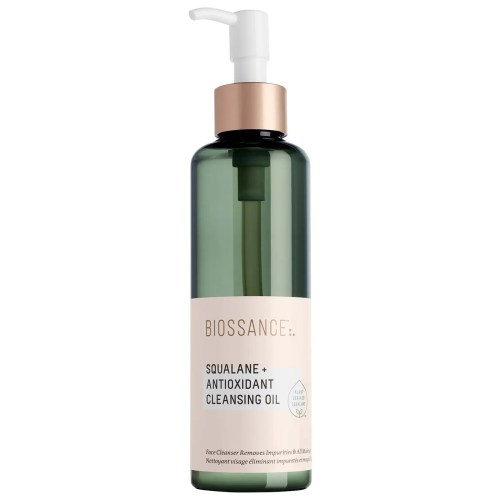
Biossance, Squalane + Antioxidant Makeup Removing Cleansing Oil — $32.00
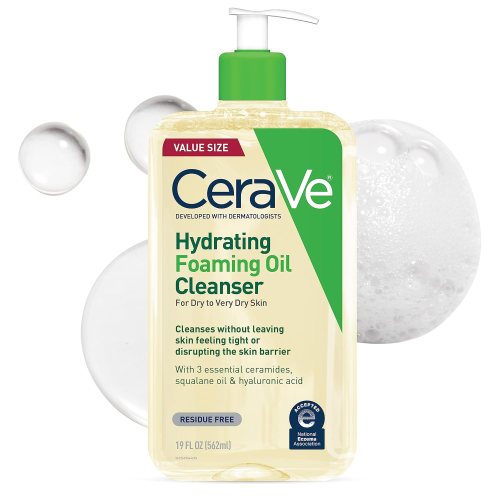
CeraVe, Hydrating Foaming Oil Cleanser Wash — $20.00

BYOMA, Milky Oil Cleanser — $14.00
Cleansing oil for sensitive skin
For sensitive-skinned folks, finding a gentle facial oil cleanser is key. Dr. Mack recommends jojoba and rosehip oils as the best ingredients to look for.
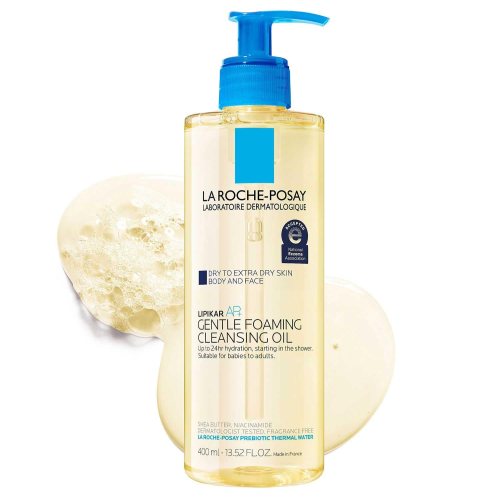
La Roche-Posay, Lipikar AP+ Gentle Foaming Cleansing Oil — $17.00

Sulwhasoo, Gentle Cleansing Oil — $48.00
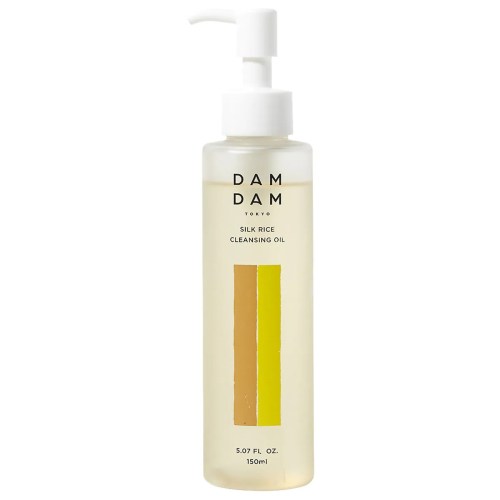
DAMDAM, Silk Rice Makeup-Removing Cleansing Oil — $46.00
Cleansing oil for oily or acne-prone skin
If you have oily or acne-prone skin, Dr. Mack says cleansing oil can still work for you. Here’s why: “Cleansing oils are applied with short contact, meaning that you apply them for a short duration of time and then rinse them off, posing very little risk to worsening acne-prone skin,” she explains. In particular, she suggests cleansing oils formulated with jojoba oil, argan oil, or marula oil, which can help regulate oil production.
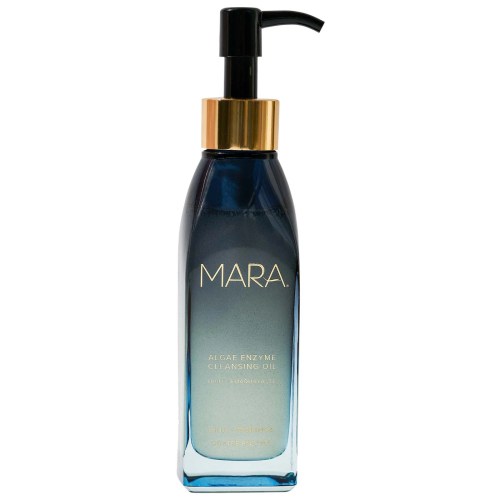
MARA, Chia + Moringa® Algae Enzyme Cleansing Oil — $58.00
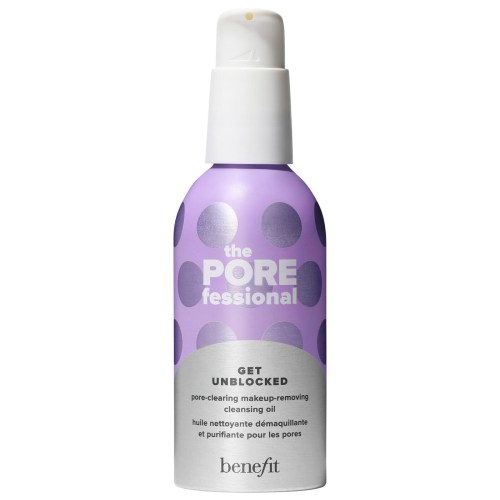
Benefit Cosmetics, The POREfessional Get Unblocked Makeup-Removing Cleansing Oil — $39.00
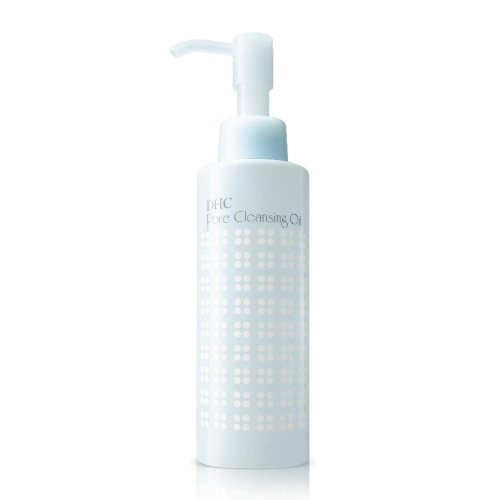
DHC, Pore Cleansing Oil — $24.00
Final takeaway
Ultimately, cleansing oil can be beneficial if you’re taking off a full face of makeup (or have dry skin). It’s one of those products that can become a staple in almost any skincare routine if used correctly. Generally, you want to make sure that you’re using an oil designed for the face (put down the EVOO in your kitchen), and make sure that you’re applying the product to dry skin mainly so it sloughs everything off. Most importantly, you want to remove all traces of cleansing oil from your skin (and probably double cleansing after) to avoid clogging your pores and triggering breakouts.
Sign up for the Well+Good SHOP Newsletter
Get exclusive deals on wellness, beauty, fitness, and food products that have been hand-picked by our editors.
Got it, you've been added to our email list.
